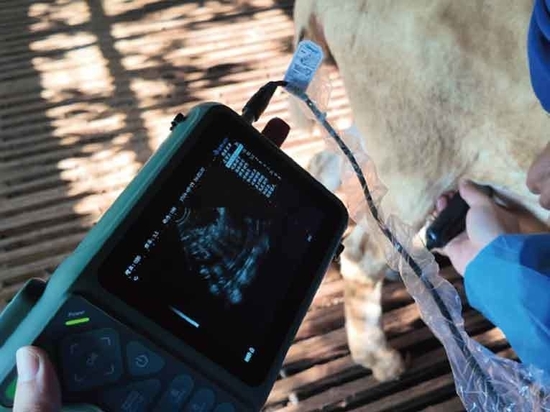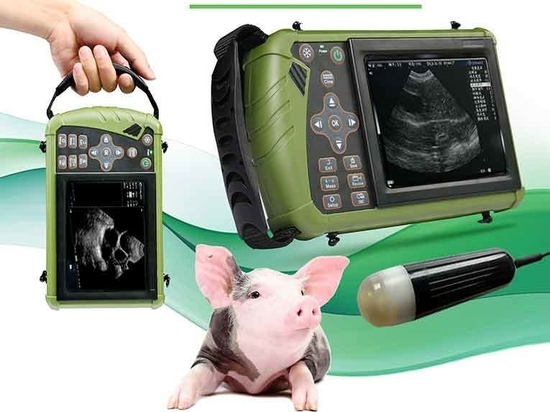
#Industry News
In-Depth Report on Medical Ultrasound Products
Future of Medical Ultrasound
1. Market Overview: Steady Global Growth in Demand
The global medical ultrasound market size is projected to grow from $8.2 billion in 2023 to $14.3 billion by 2032, with a compound annual growth rate (CAGR) of 6.3%.
Key Drivers:
The rapid increase in the aging population has led to a surge in demand for chronic disease diagnostics, including cardiovascular diseases, cancer, and musculoskeletal disorders.
The aging trend underscores the critical role of imaging technologies in early disease detection and management.
2. Technological Advancements Fueling Growth
Innovations in ultrasound technology are accelerating market expansion:
3D/4D Imaging Technology: Provides clearer and more realistic imaging, aiding in the diagnosis of complex conditions.
Artificial Intelligence (AI) Integration: Automates data analysis, improving diagnostic efficiency and reducing human error.
Portable and Handheld Devices: Increased convenience and accessibility, opening new opportunities in primary care and remote areas.
3. Market Segmentation: Diagnosis and Therapy Advancing Together
Diagnostic Ultrasound Systems (Market Dominance):
Non-invasive tools widely used for cardiovascular, abdominal, obstetric, and other diagnostic applications.
Continuous advancements, such as AI-powered diagnostics and image enhancement capabilities, solidify their leading market position.
Therapeutic Ultrasound Systems (Rapid Growth):
Applications in tumor ablation, kidney stone treatment, and pain management are driving demand.
Increasing demand for minimally invasive treatments and advancements in therapeutic research will further boost this segment.
4. Regional Insights: Global Market Dynamics
North America (Largest Share): Dominates due to high technology adoption and advanced healthcare infrastructure.
Europe (Second Largest Market): Significant growth in countries like Germany, the UK, and France.
Asia-Pacific (Fastest Growing): Rapid aging population, increased healthcare spending, and supportive government policies drive robust growth.
Other Markets: Regions such as Latin America, the Middle East, and Africa are contributing to market growth at a relatively slower pace.
5. Market Challenges: Costs and Talent Shortages
Despite the promising outlook, several challenges may restrain market growth:
High Costs: The expensive nature of high-end ultrasound equipment poses financial constraints, especially for small- and medium-sized healthcare facilities.
Shortage of Skilled Professionals: A lack of trained personnel to operate advanced systems and interpret ultrasound images limits widespread adoption.
Solutions:
Offer cost-effective equipment solutions, such as portable and modular ultrasound systems.
Implement training programs to cultivate skilled professionals capable of operating and interpreting imaging technology. Leverage technological innovations to reduce production costs, enabling broader access to advanced equipment.
Conclusion: Future Outlook
The global medical ultrasound market is set to witness steady growth over the next decade, driven by technological innovation and regional market expansion. However, addressing cost barriers and talent shortages will be critical to achieving equitable healthcare access and sustaining market growth.





